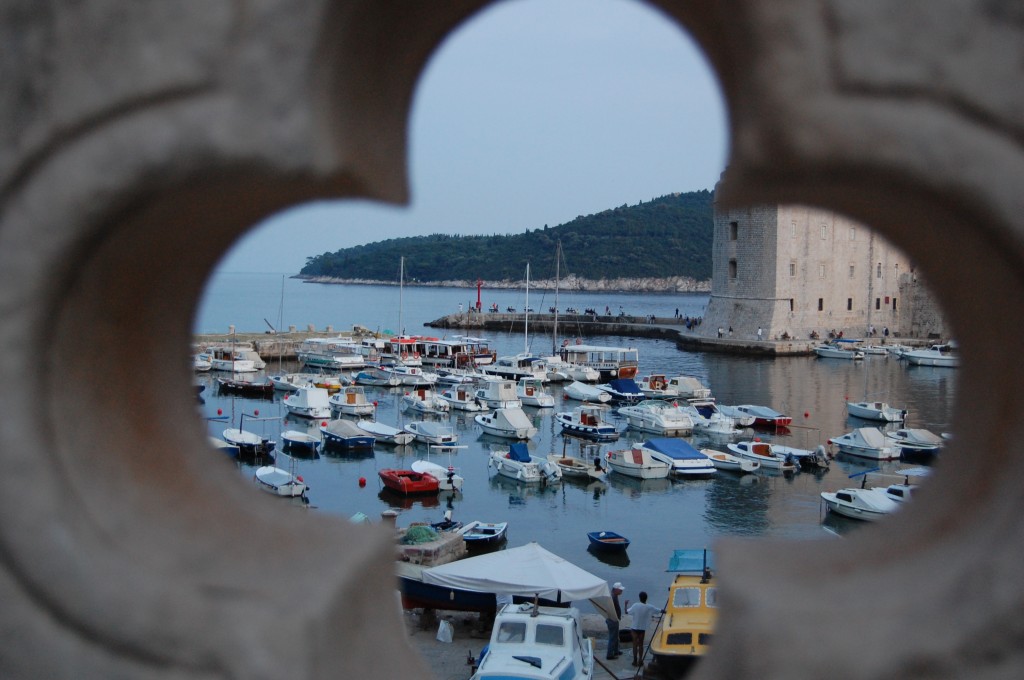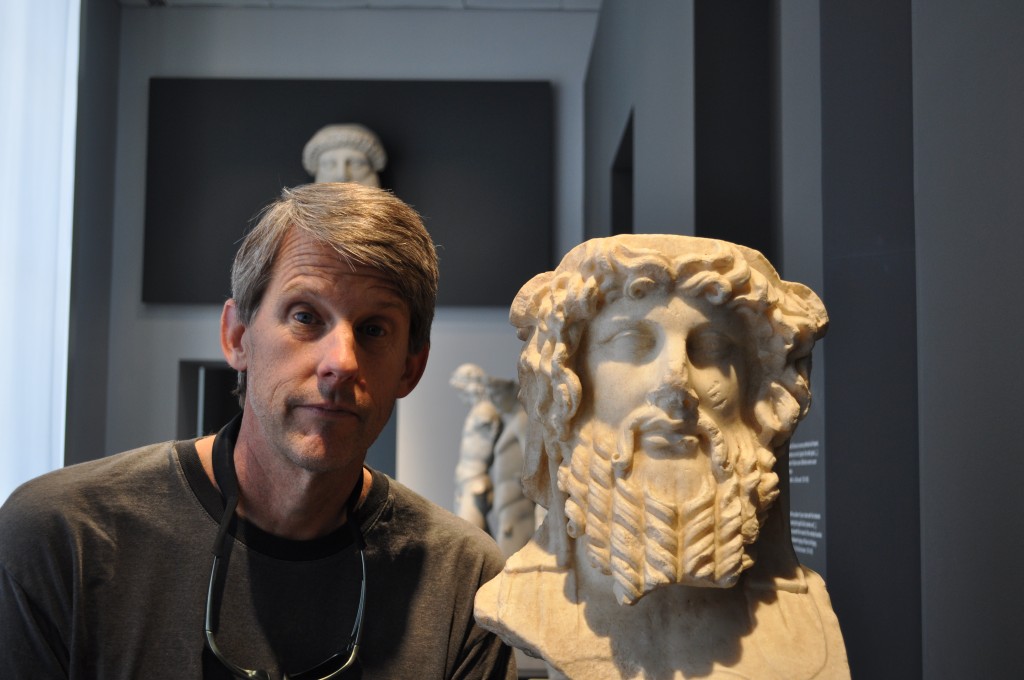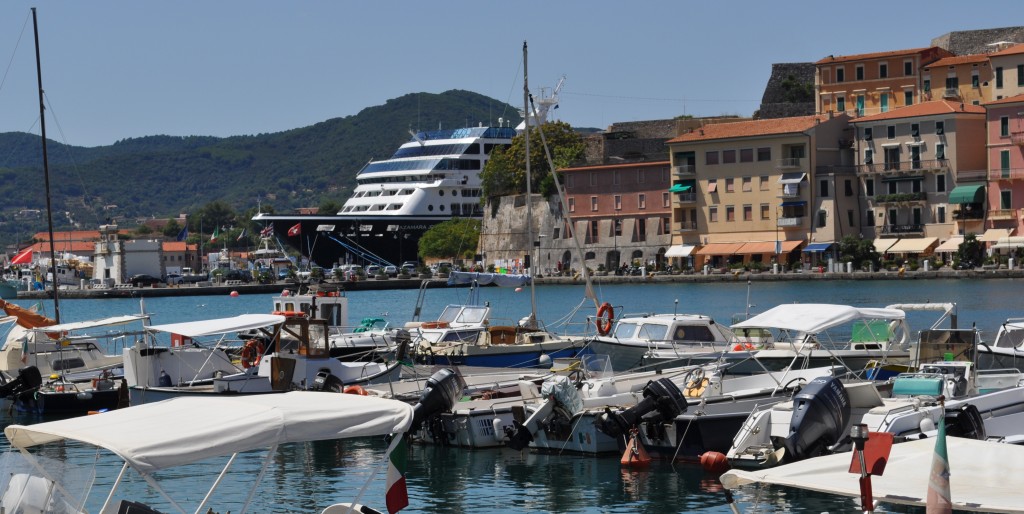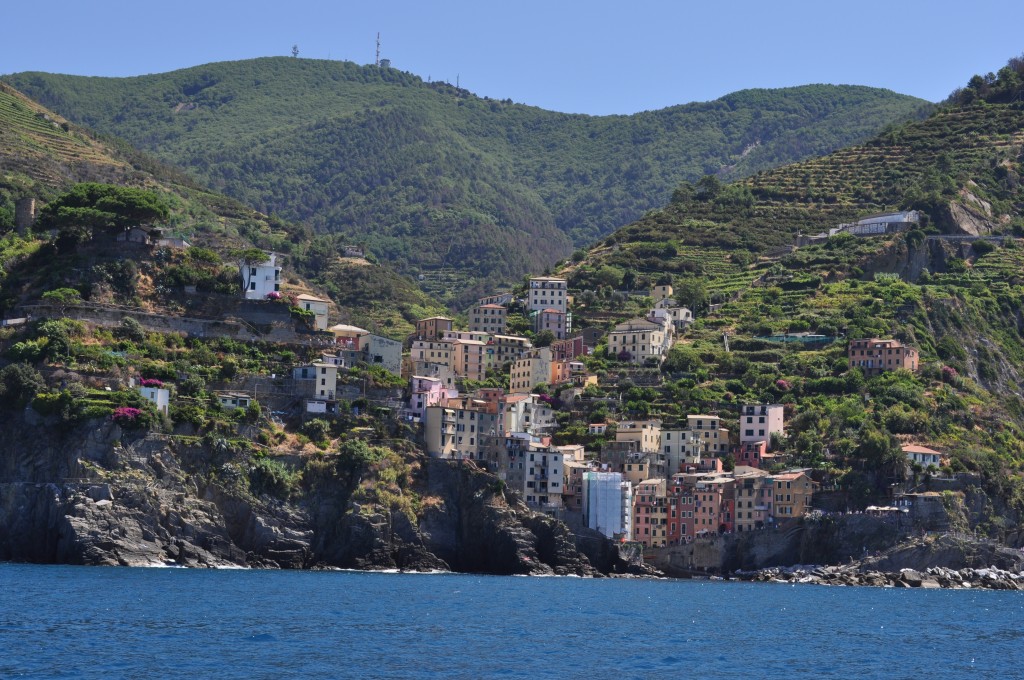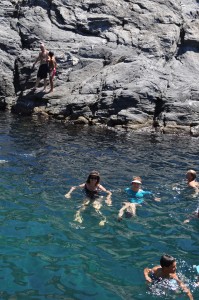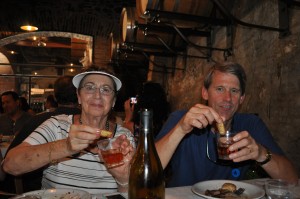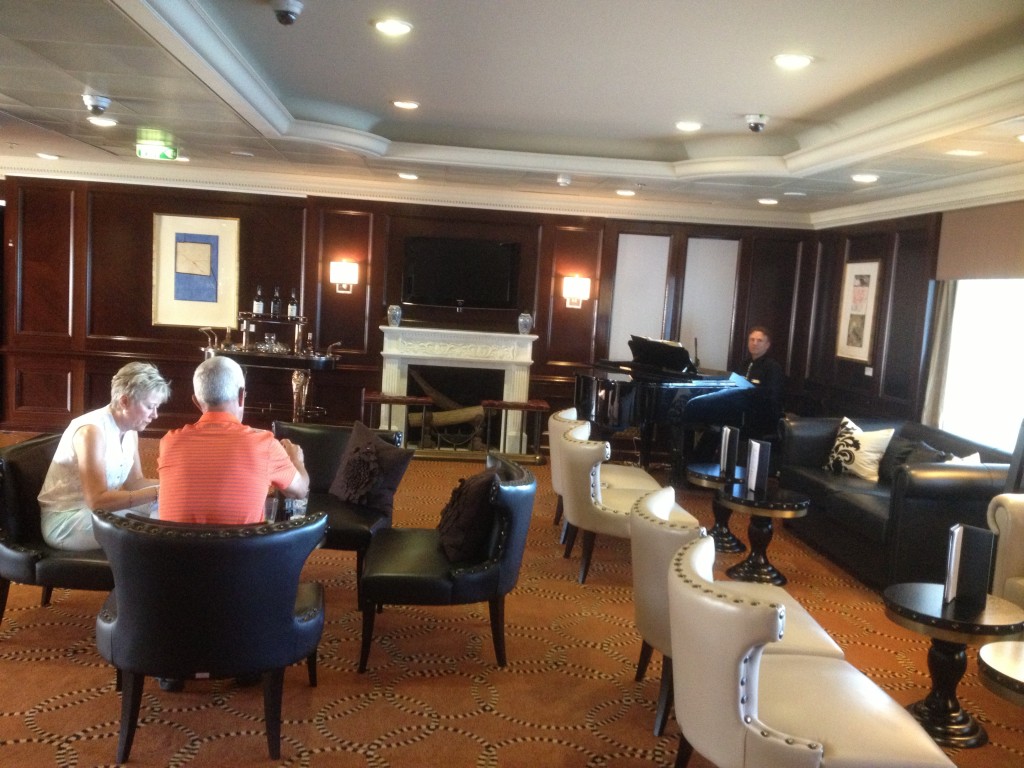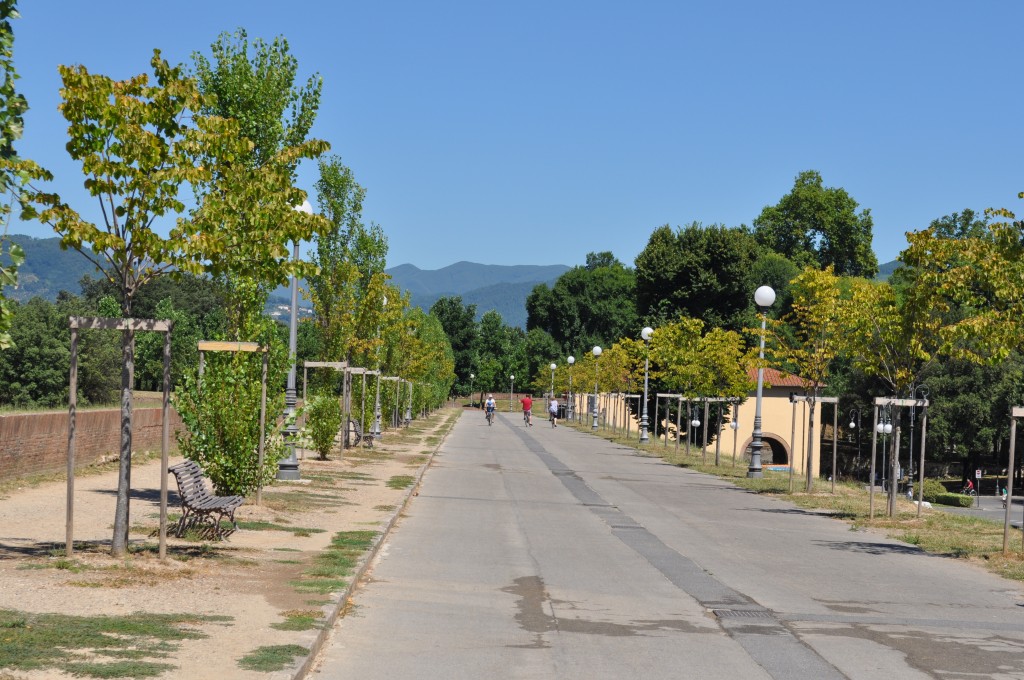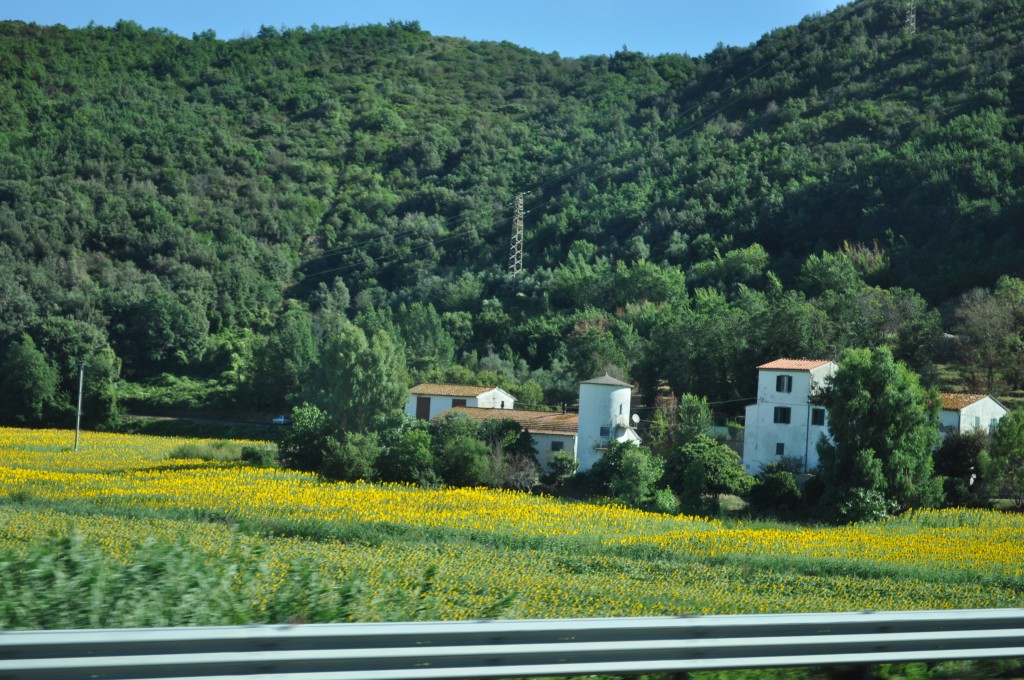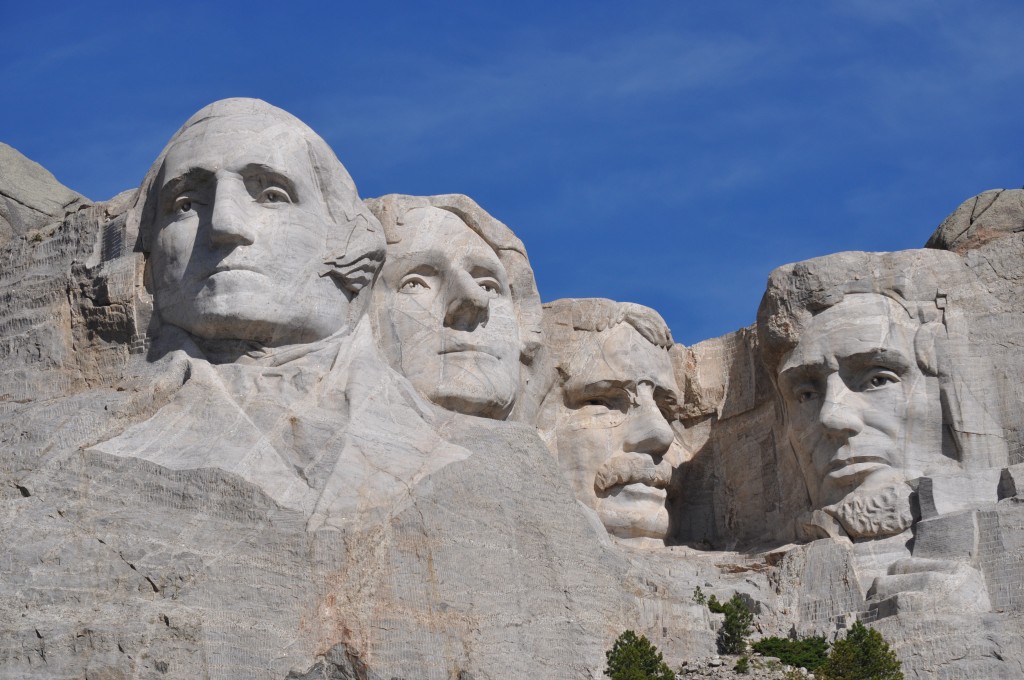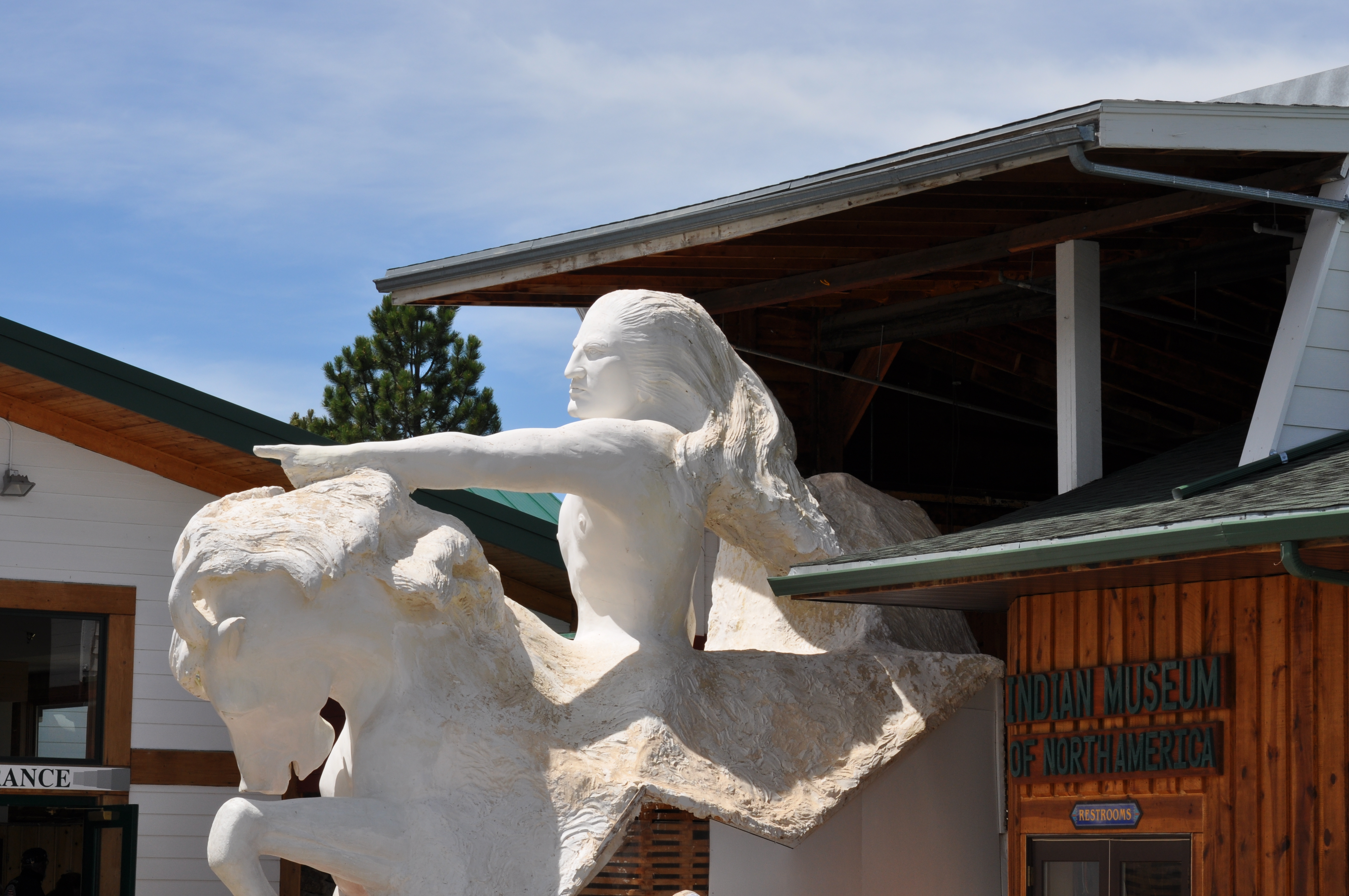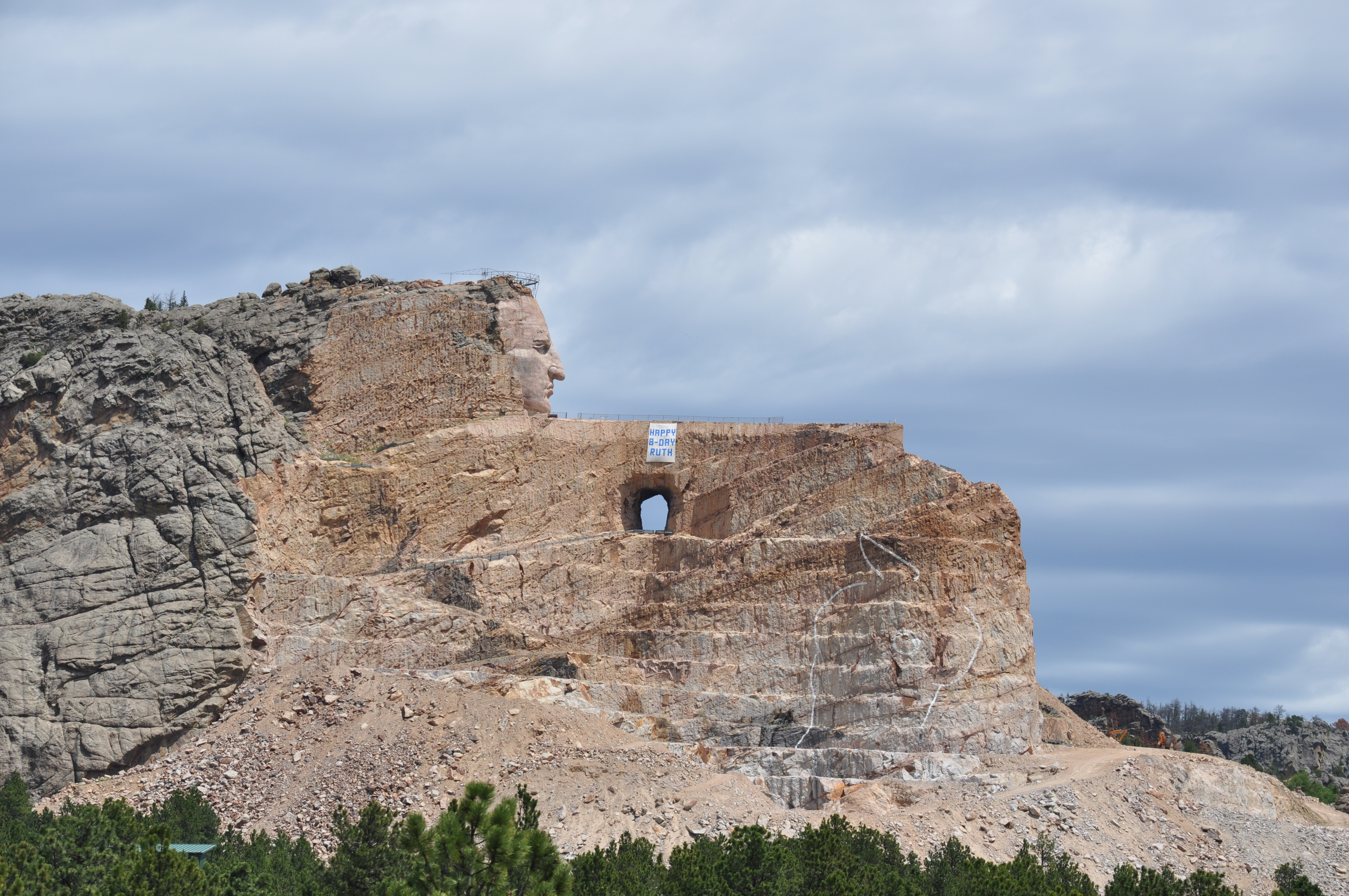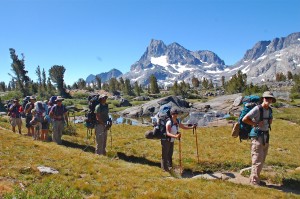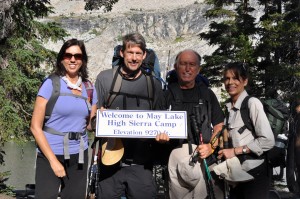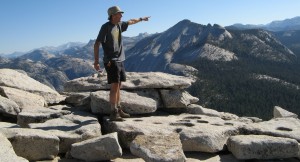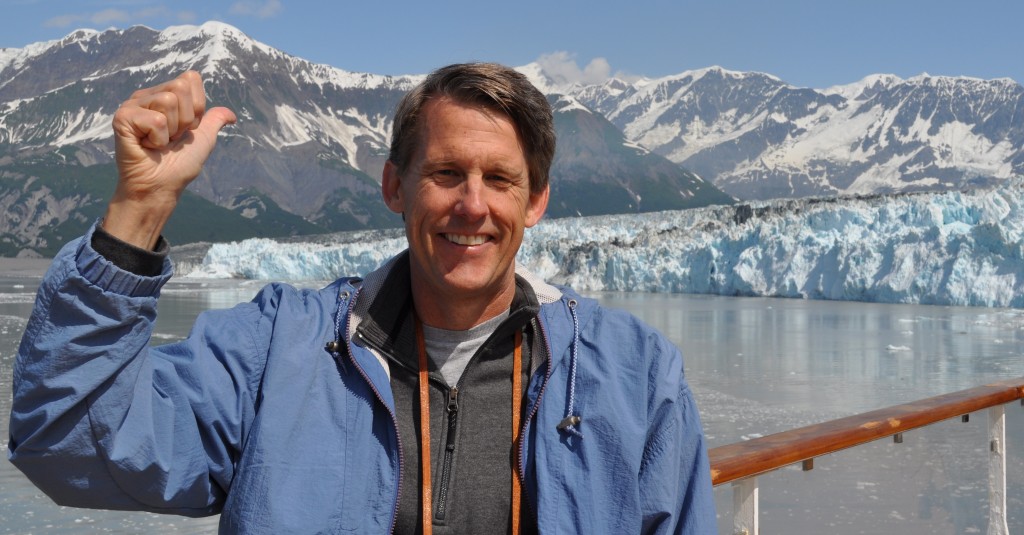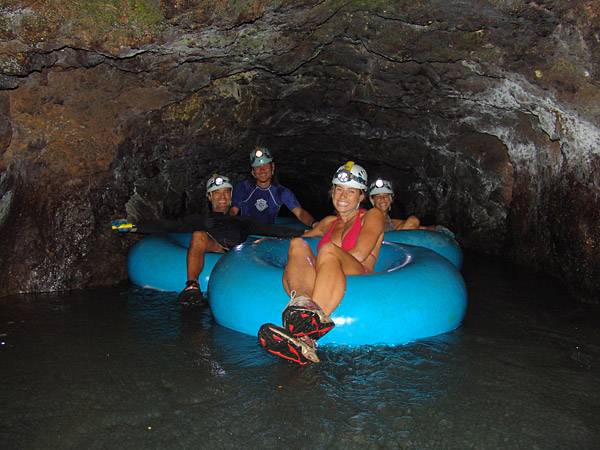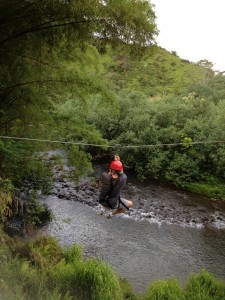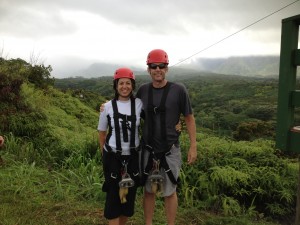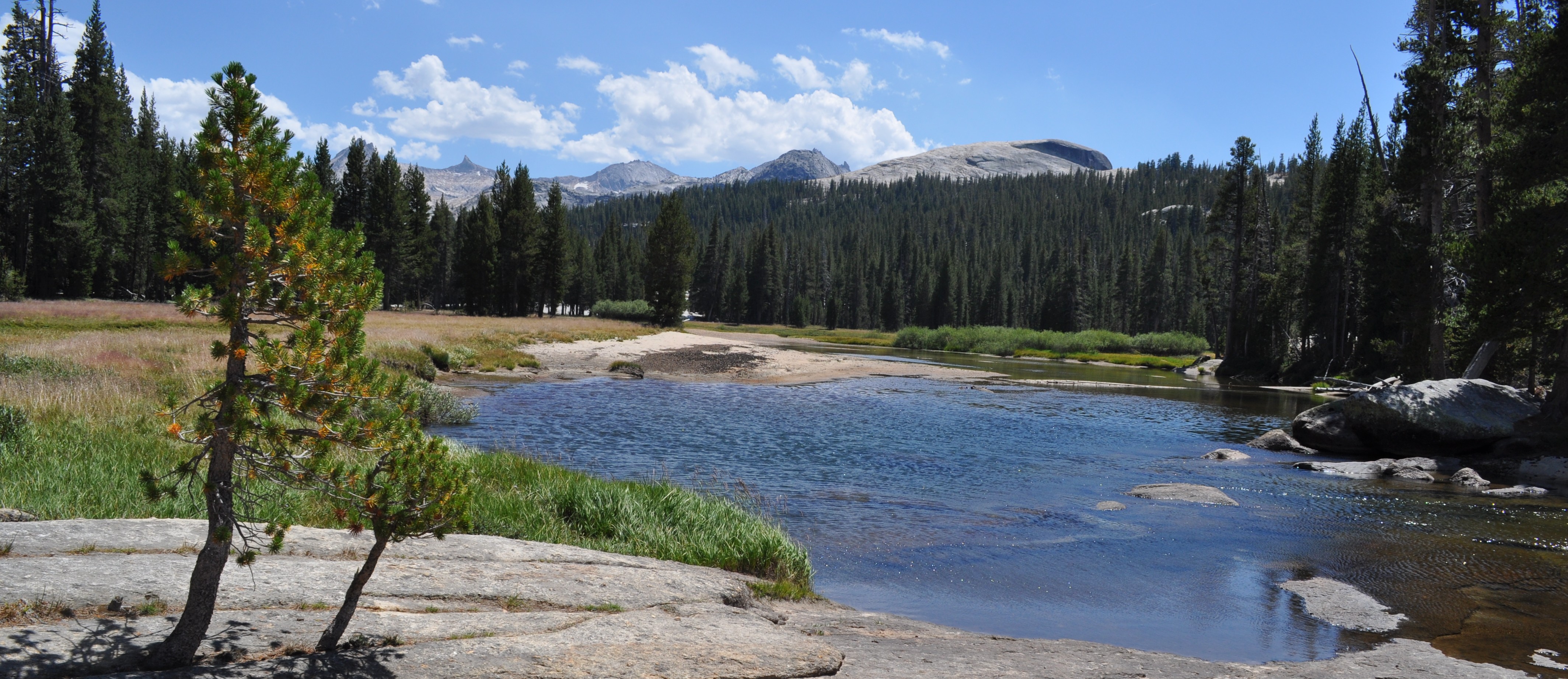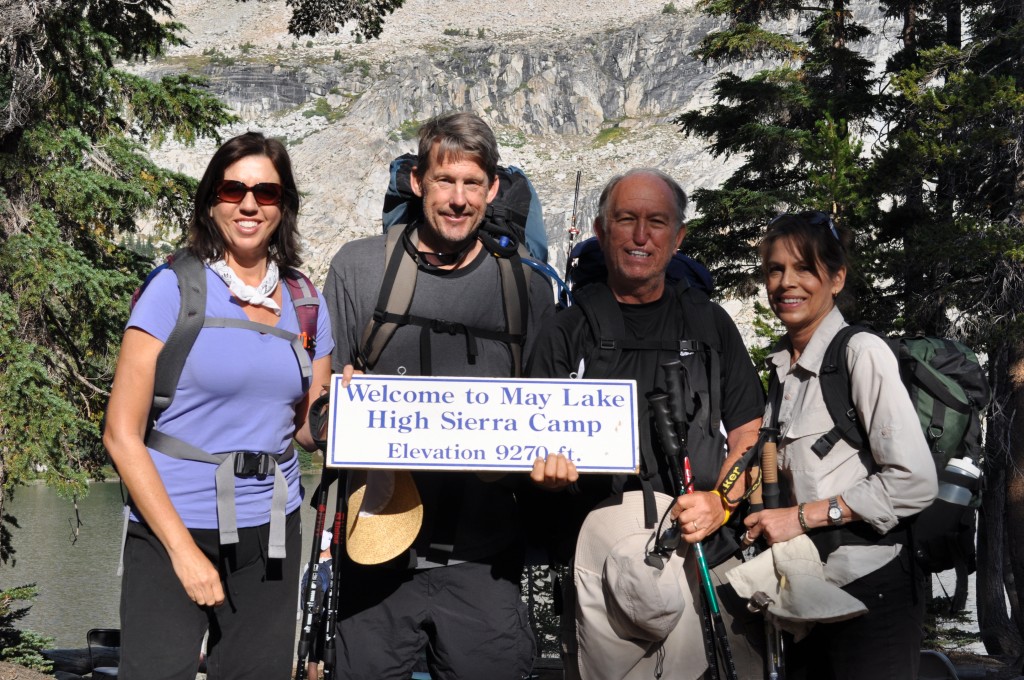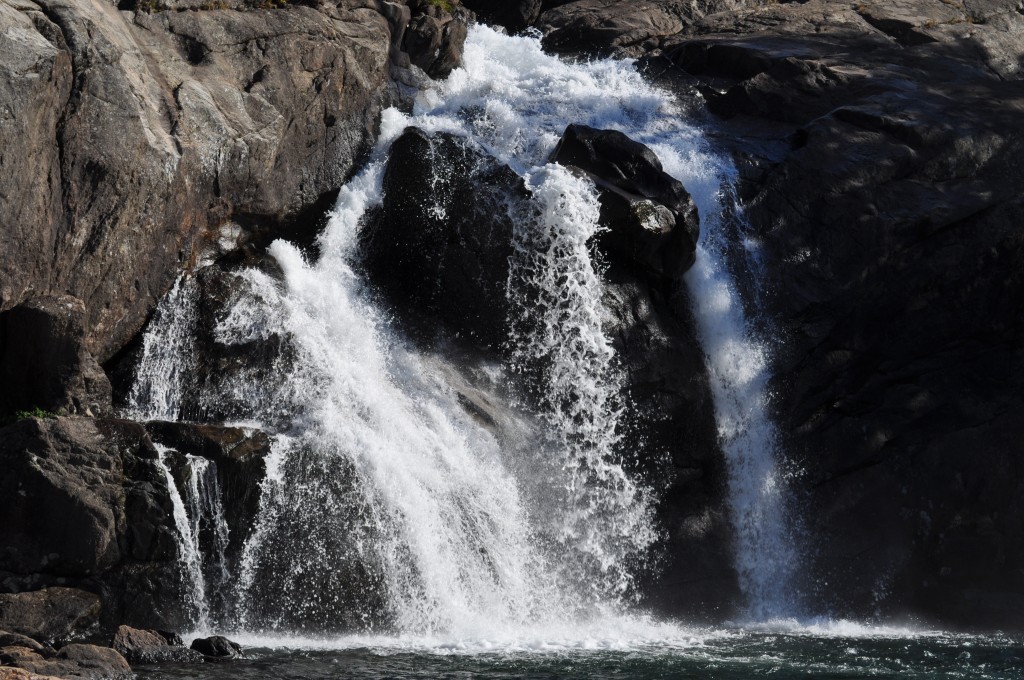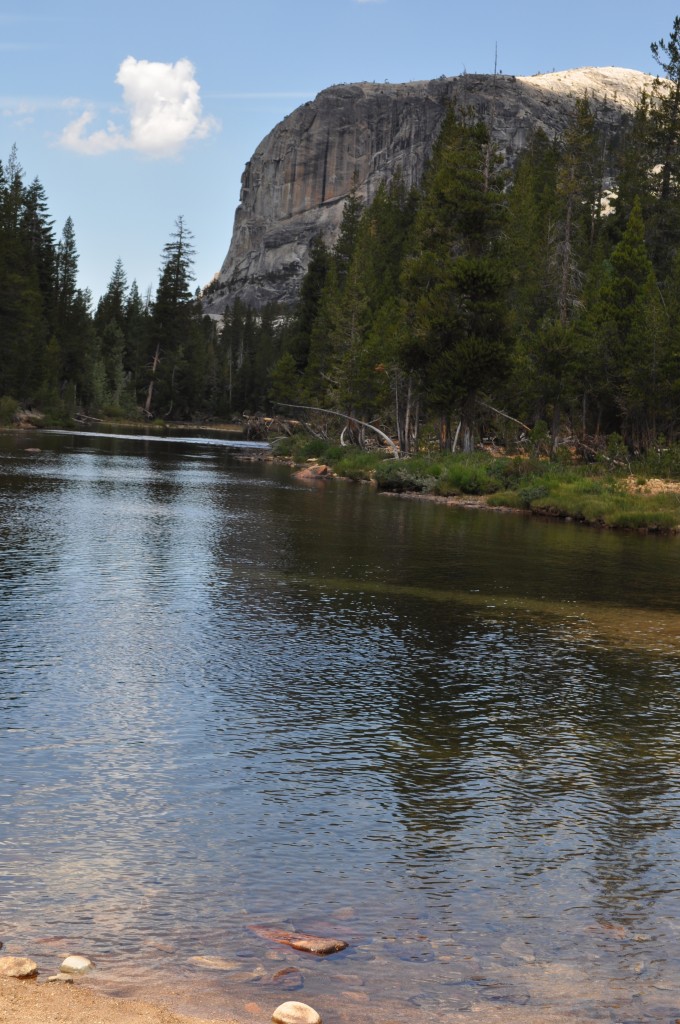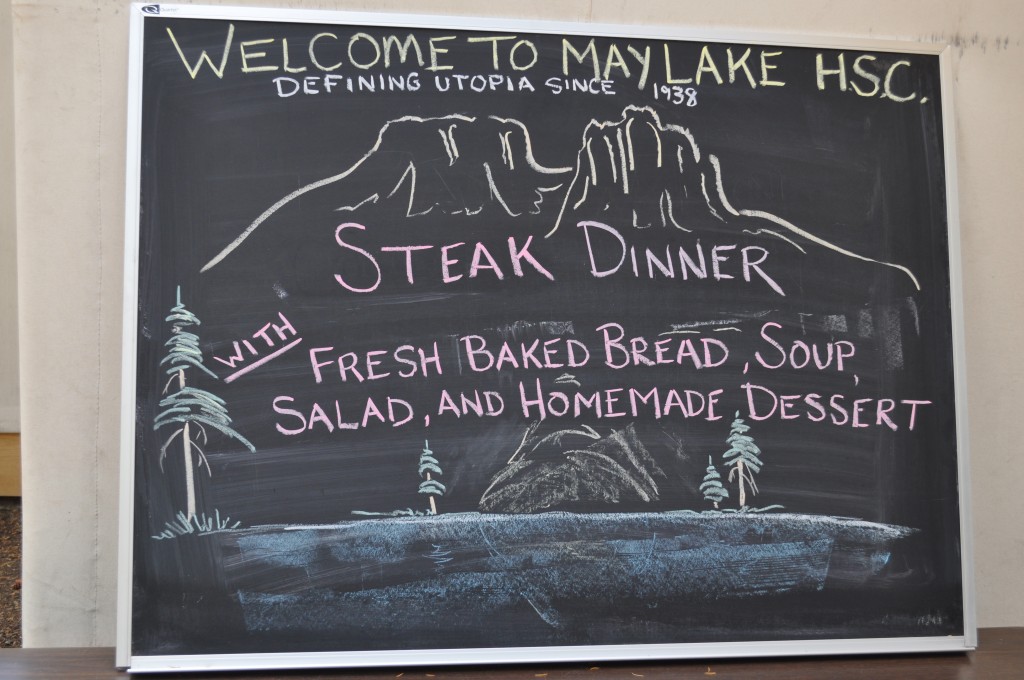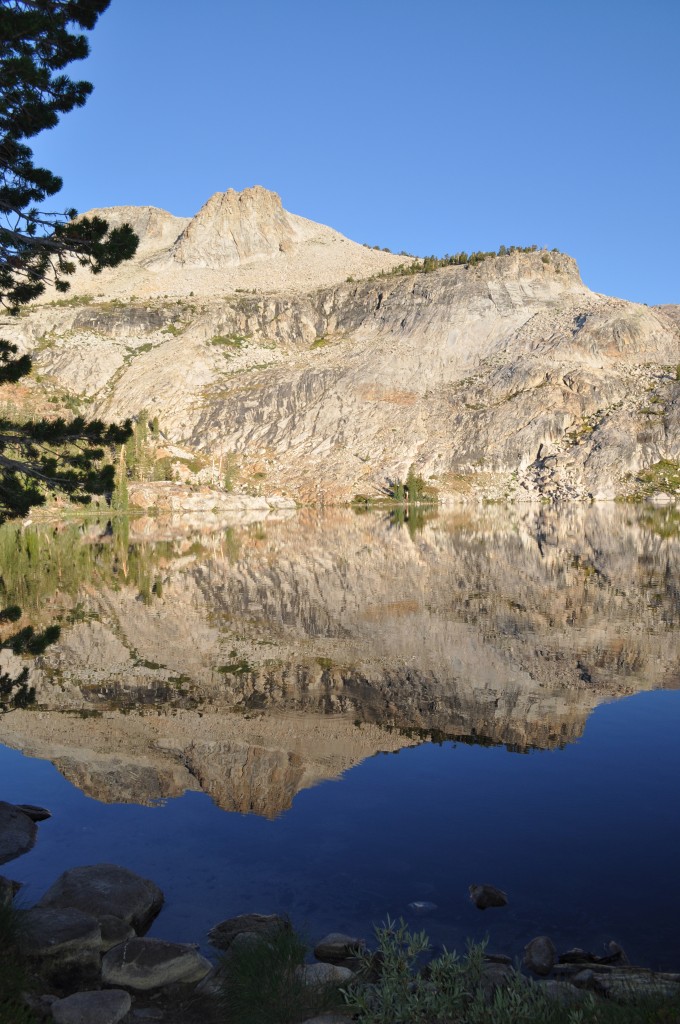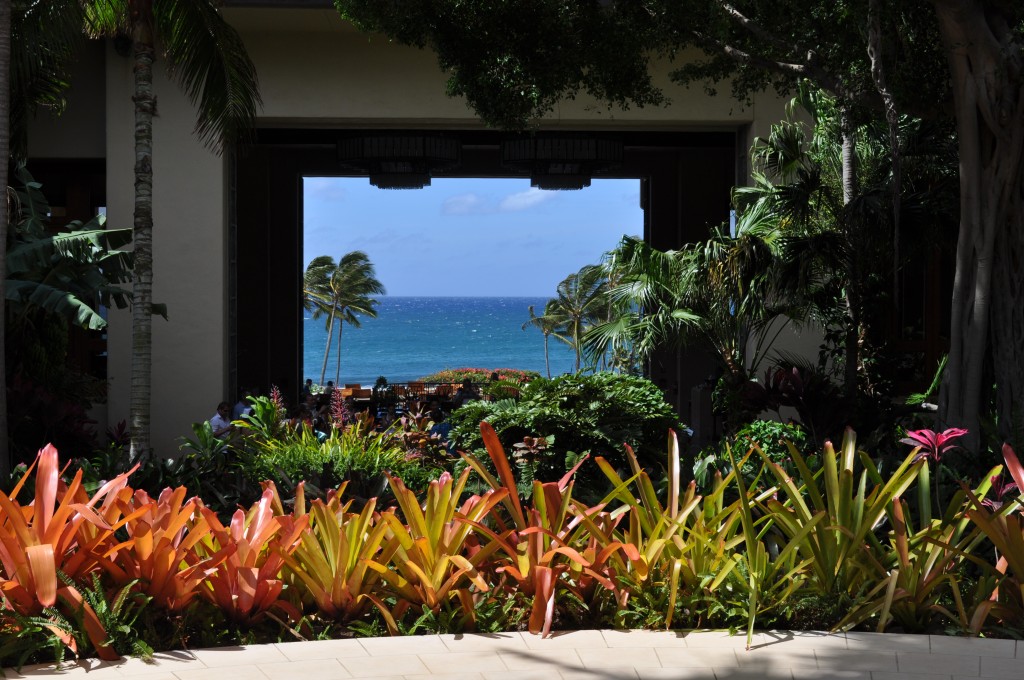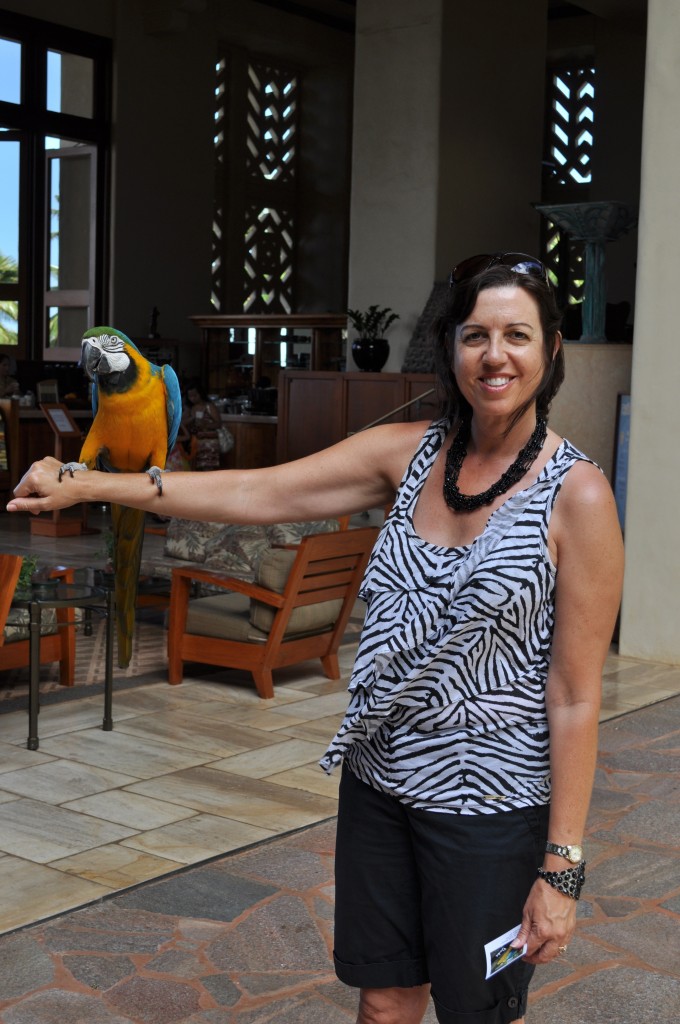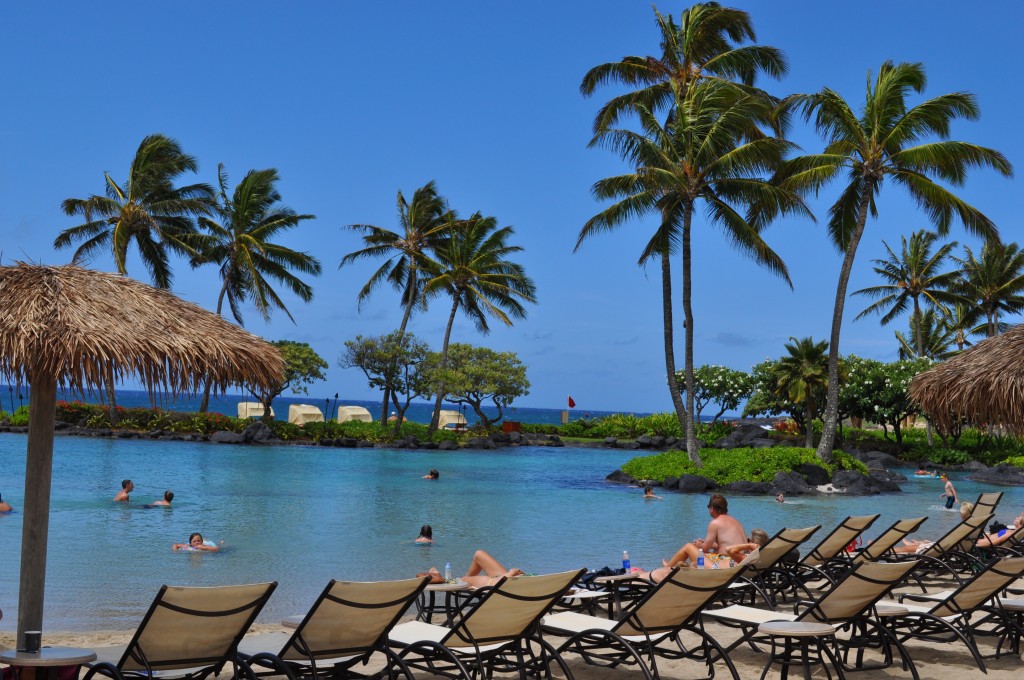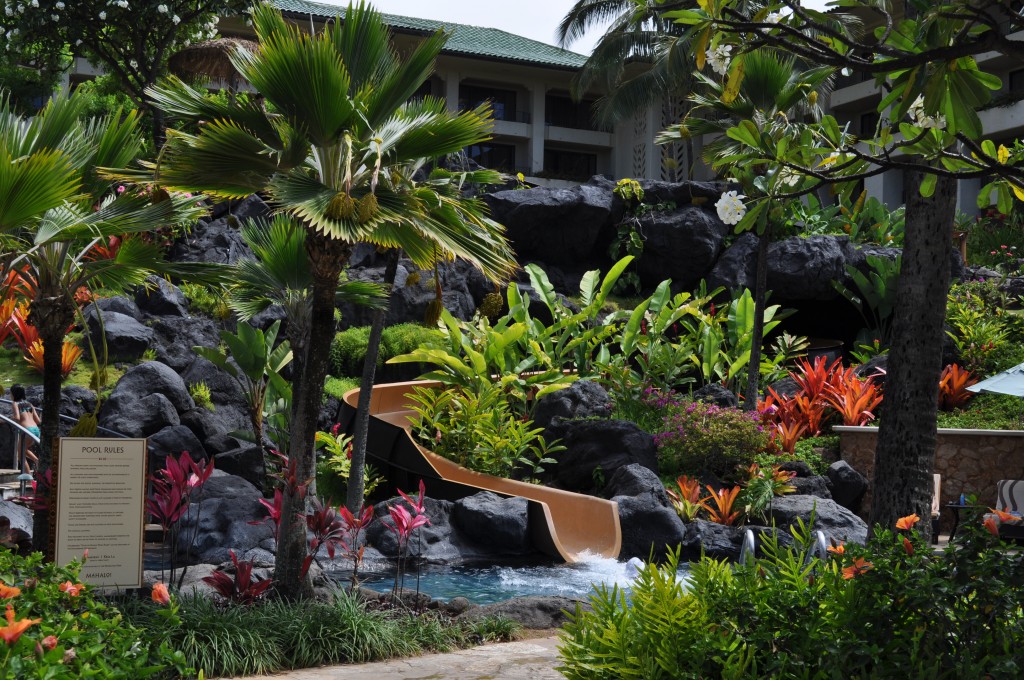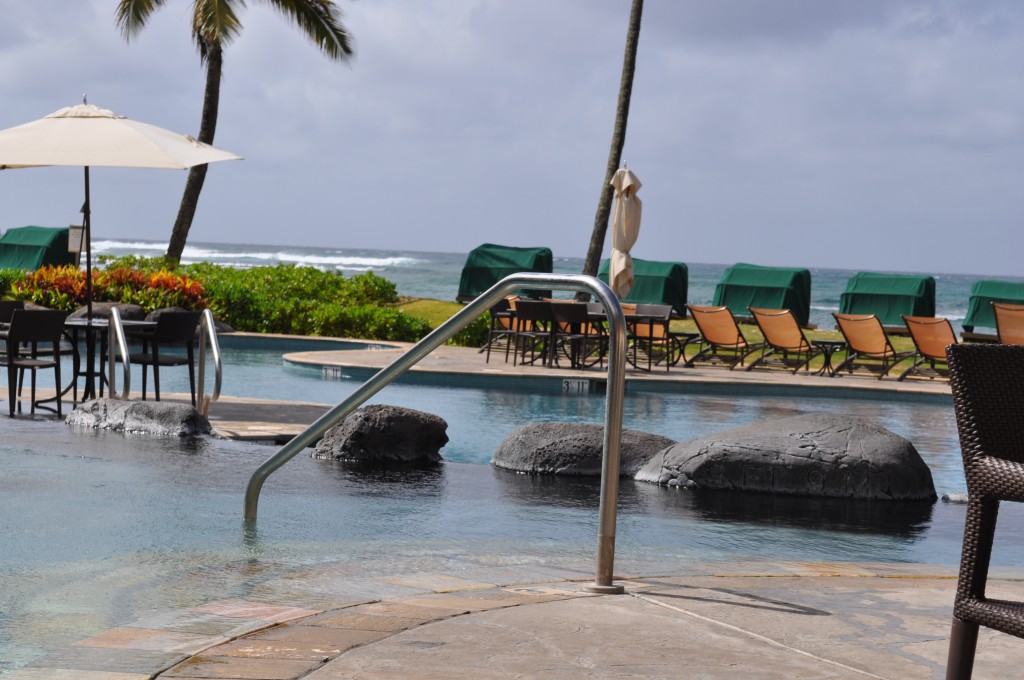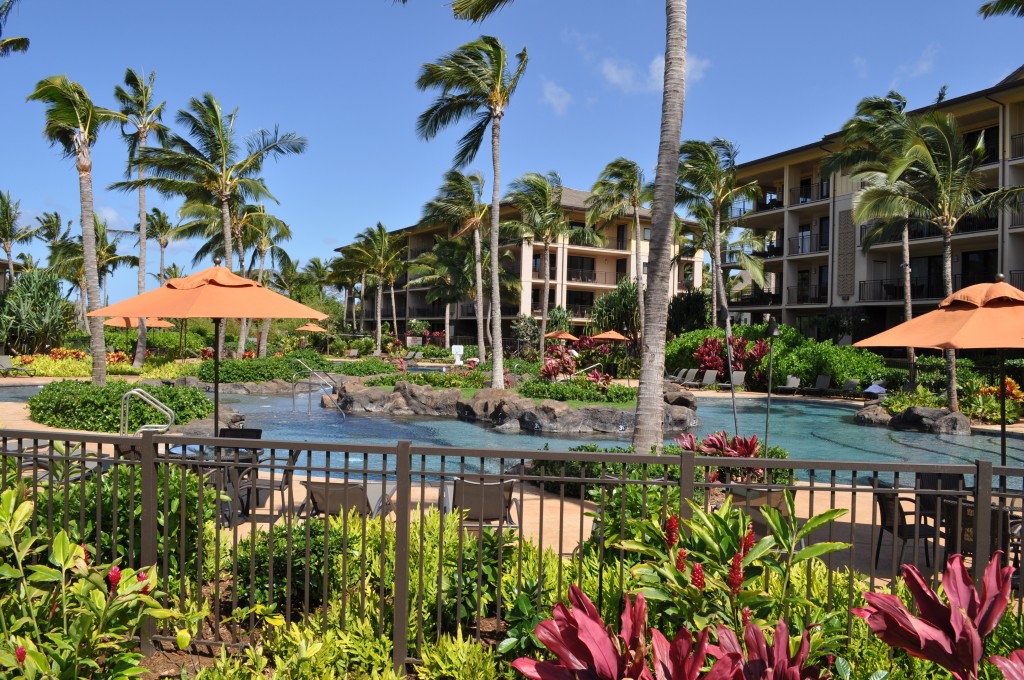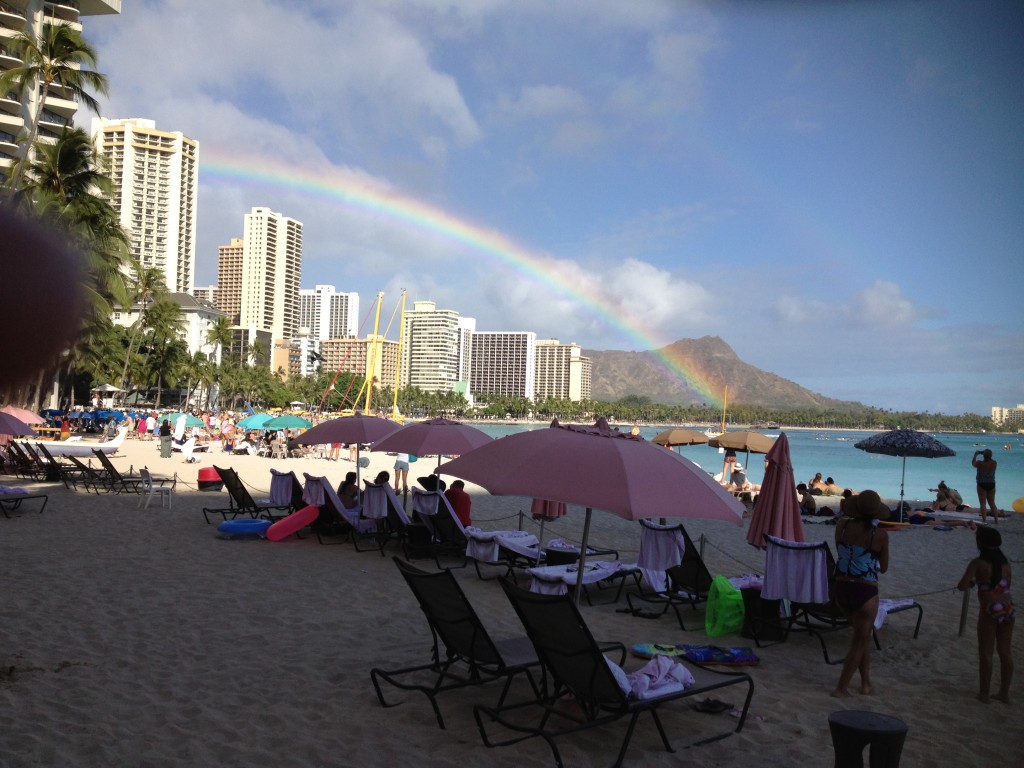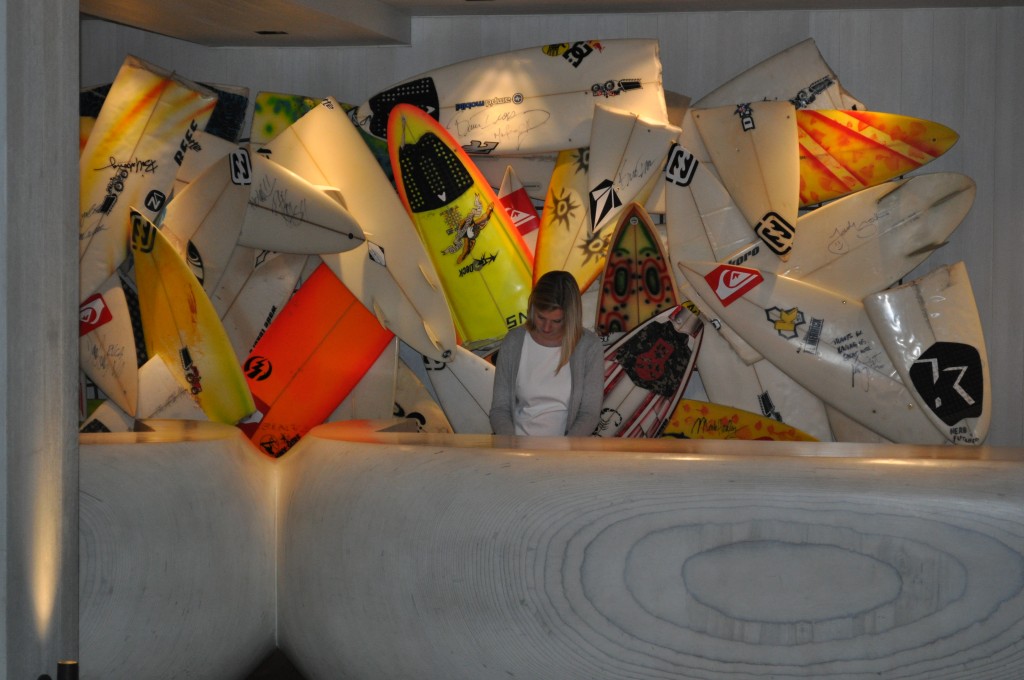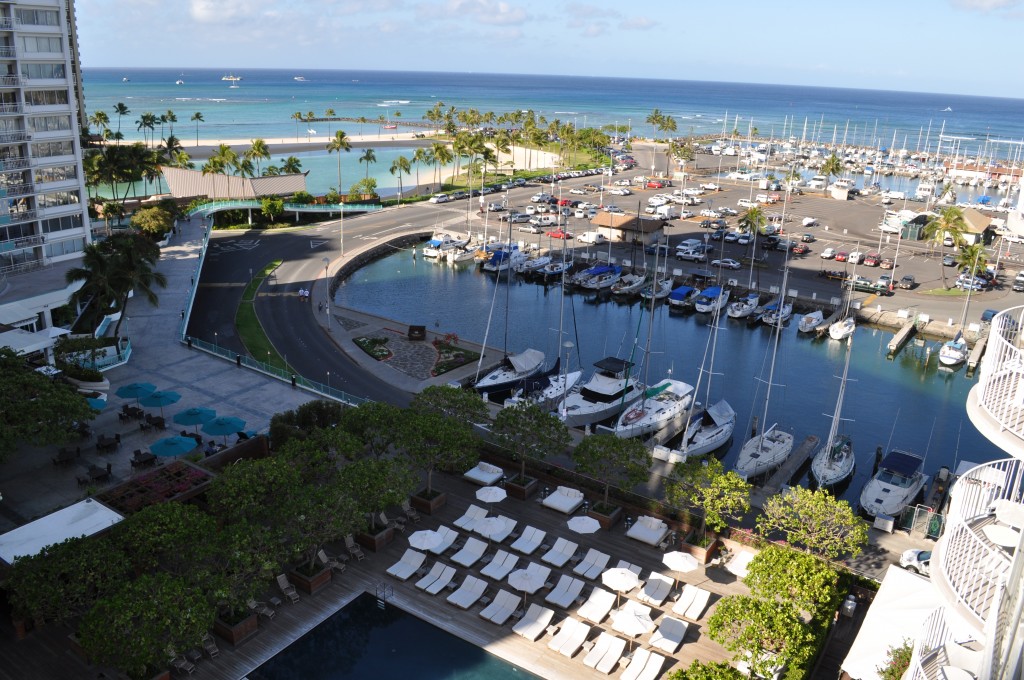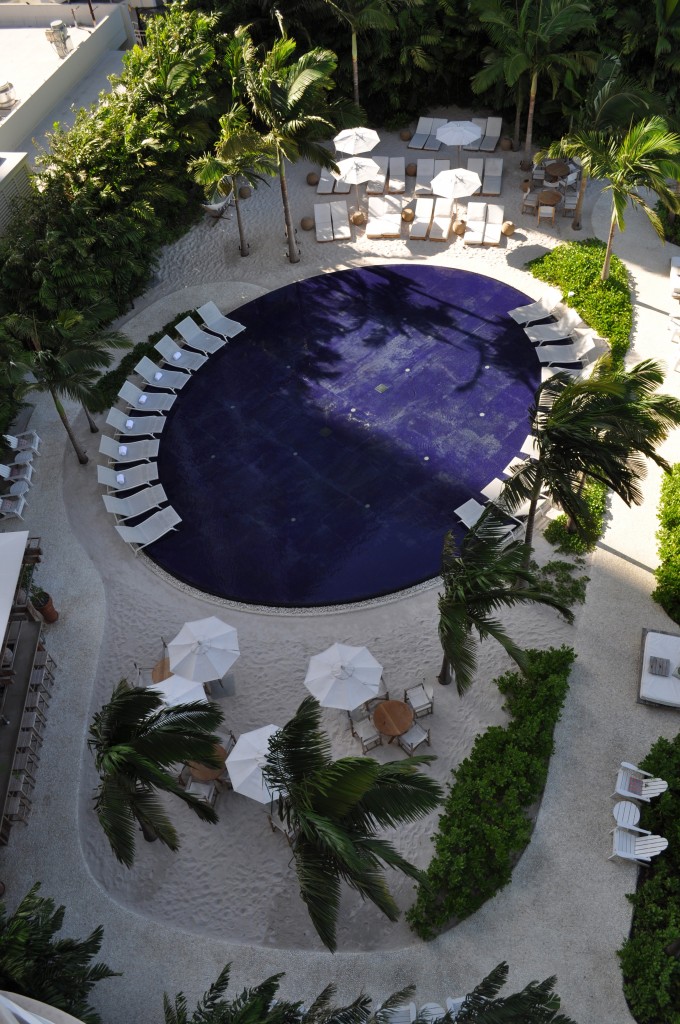By Chris Meyer
The Orange County Register Travel section published (Dec. 8, 2013)a good compilation of articles by European travel guru Rick Steves, along with an introduction by travel editor Gary Warner. I have long used Steve’s guidebooks and public television programs to help me navigate Europe – in fact, Gary recommended him to me years ago.
In Dubrovnik, Croatia, we sought out picturesque Buza because of a mention in a Steves’ guidebook. This little bar clings “like a barnacle to the outside of the city walls,” as Steves puts it. Although Old Town is compact, this is a place you are unlikely to stumble upon. With tables on uneven surfaces amidst jagged rocks, we enjoyed cold drinks in this most spectacular setting and even slipped into the Adriatic on a hot and humid summer day. Buza, by the way, means “hole in the wall” in Croatian, not slang for the result of adult beverage consumption.
On the Spanish island of Mallorca, we sought out the Caves of Drach on Steves’ recommendation, which I have since passed on the clients. Here, amid dramatically lighted stalactites and stalagmites is a huge subterranean lake, across which a candlelit floating classical concert emerges from a dark tunnel and passes by a small stand of benches. A very European blend of nature and civilization!
Of course it doesn’t always work out so idyllically. A Steves’ recommended hotel in Barcelona, Spain will forever be immortalized in Meyer family lore as the worst place we ever stayed. The location was right, just off the Las Ramblas main drag and near near the central Placa Catalan. And the price was mild in a very expensive city. But even I could not not put lipstick on this pig. The stinky reception area polluted by the chain-smoking attendant can be written off as just the way it still is in Europe. But the “hazard” signs along the dingy corridor to careworn rooms with ancient mattresses sent this one over the top or, more accurately, under the bottom. To be fair to Steves, I could have picked a pricier option among his multiple recommendations in the spirit of “you get what you pay for.” But I wonder why he even had this one as a selection. Still, when the good-natured ribbing comes, I take the blame and deflect Steves, whom I still uses as a resource – but with more critical analysis.
MANY SOURCES LEADS TO MORE RELIABILITY
Emphasis is on the “a”. Guidebooks are good tools for navigating spectacular vacation experiences – our corporate mission. But they have their limitations – See my post on the methods of Lonely Planet, another good, imperfect resource.
As for Steves, I like his off-the-beaten-path style of travel. But it’s not for everyone because of preferences and/or physical limitations. Some people prefer guided luxury. Or they may want a little of Steves’ “Back Door” style along with other modes.
So in our travel practice such guidebooks are in toolboxes also stocked with personal experience, user reviews, the media (newspapers, magazines, books, television) and materials from travel suppliers themselves. Together, these resources help us to craft experiences tailored to individuals. We strive to use multiple sources and control for biases in a creative customer-centric approach that is agnostic about mode, hotel chain, cruise line and tour operator. Priority is given to delivering an enriching experience at great value.
I employed these principles on a personal visit to Rome in July 2013. Upon our arrival, after little sleep in our overnight flight in economy seats, my wife, Susan, and I used our “power through” strategy to the first-day acclimatization. After quickly unpacking and freshening up at our hotel, we ventured out quasi-sleepily and rambled through the nearby area around the Spanish Steps and Piazza de Popolo until we crashed hard for a serious sleep.
First, our hotel. A deal on our Expedia booking engine offered Hotel Majestic on Via Veneto for just about $100 a night when packaged with our Al Italia flight. Reviews on TripAdvisor and Expedia Verified Reviews averaged to above four stars. It turned out to be very nice and in a great part of town, steps away from a Metro stop and near the Spanish Steps and Trevi Fountain. And a good deal that partially offset high airfares.
RECOMMENDATIONS: BOOKS, CONSUMER REVIEWS, PERSONAL
During our power-through exercise we employed both personal recommendations and guidebooks. Our daughter, Megan, had spent a college semester abroad in Rome. Her local knowledge of the city and familiarity with the kinds of things we like added up to many plot points on our map. This day they included some favorite churches around Piazza de Popolo. On later days Megan’s recommendations included a terrific outdoor market and a climb to the top of St. Peter’s dome.
For food, we turned to Steves for recommendations in the vicinity of the Spanish Steps. Problem was, we were not in sync with the time zone – hungry for dinner around 5 p.m. when those restaurants would not open until 7. After striking out a few times, we fell back on the stumble upon tactic because in life the plan just doesn’t always work perfectly. Plus, while I like to have a plan, I also know that surprises in travel, as in life in general, can be as delightful as a mysterious gift under the Christmas tree.
So, in our hunger and fatigue, we took a chance on a Osteria della Vite, a nice looking sidewalk cafe with huge cooling fans and cold beer. I know that seems odd for our first beverage in Italy, but we had walked a couple of miles in the heat and we had another nine days to indulge in the county’s wines. Turns out, this was a pretty good stumble. The focaccia bread pizza was unique and satisfying. And the cold beer hit the spot. On a later stumble-upon near the Trevi Fountain, we would not be so fortunate in a place with a menu whose Hollywood Rat Pack references were cheesier than the bland, rubbery pizza. But on the Vatican’s main drag we came across a lunch place patronized by locals with fresh sandwiches, fresh fruit and the most reasonable prices we found in Rome.
THE WISDOM OF THE CROWD
Our best meals in Rome came courtesy of TripAdvisor and a tour we booked. My wife, Susan, found that one of the consumer review site’s top rated restaurants was near our hotel. Osteria Barberini has a non-descript door on an alley-like street and you walk down a flight of stairs to a diminutive dining room. The gregarious owner tells us in English that his son, the chef, has some truffle-infused lasagna and ravioli as the day’s specials, and he highly recommends them. The couple at the next table nod and smile so we order a plate of each. The couple, who were from New England, tell us they’ve returned multiple times because they found the food so delicious. We were similarly impressed. Magnifico!
Our other great Roman meal was the climax of a night walking tour of Rome we had selected through Expedia because of solid consumer reviews and an Expedia discount. We were the only people on the tour this night, so we had a proud and vivacious Roman woman to ourselves. We got to ask all the questions and we like to ask questions. We got her take on the Forum, the fall of the empire, Italian reunification and other historical issues. We walked by well-known sights like the Trevi Fountain and Pantheon. Plus, we went a bit off the most beaten path to the historic Jewish Ghetto and across the Tiber River to the trendy Trastevere district. There we came across a local political protest and Ristorante Spirito DiVino, another restaurant with a gregarious English-speaking owner, who told us the building and a special dish go back to the days of Julius Caesar. We toured the ancient cellar and I ordered the pork dish purportedly prepared for the emperor, which was earthy and unlike typical Italian food. Both superb experiences.
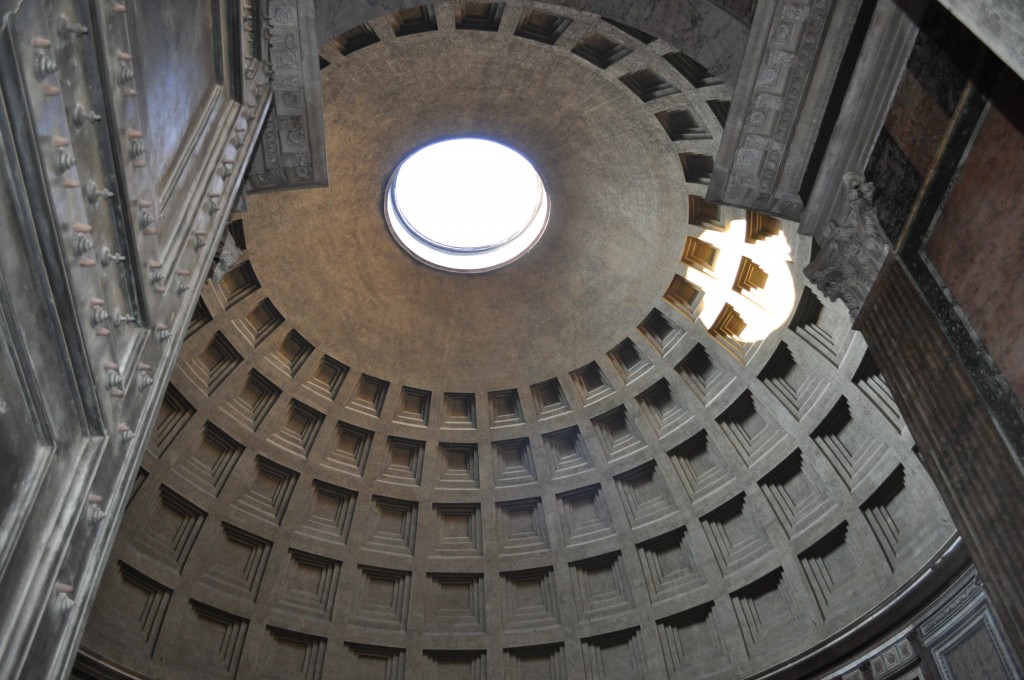
The Pantheon’s oculus is just one piece of evidence of amazing ancient engineering, given the tools of the day.
Our own experiences, of course, are added to the resource mix, and often become our strongest recommendations because we are not relying on others. Ratings and recommendations always carry a degree of subjectivity, of course. A conversation with a friend or client adds perspective.
A POWERFUL NETWORK ADDS DEPTH AND BREADTH
I should mention one more powerful recommendation tool in the box – our people. In addition to our local team of 40 consultants, we are part of a network of 4,000 Expedia colleagues from Canada’s Yukon Territory to San Juan, Puerto Rico. Judging from the conversations on our Facebook page, there is hardly a travel question so obscure that one of these experts can not answer – usually in minutes. And, like us, they thrive on mutually beneficial relationships with clients and colleagues.
So we have the likes of Rick Steves’ writings to let us know about Dubrovnik’s Buza; Jorge from San Juan, who has taken his kids on that Disney cruise; Allison from Vancouver, who has explored the Mekong; Marilyn from Brooklyn, who can provide a complete rundown of Jamaican resorts from personal experience; and Jane, transplanted from England to Laguna Hills, who knows exactly what to see and what to skip in her birthplace.
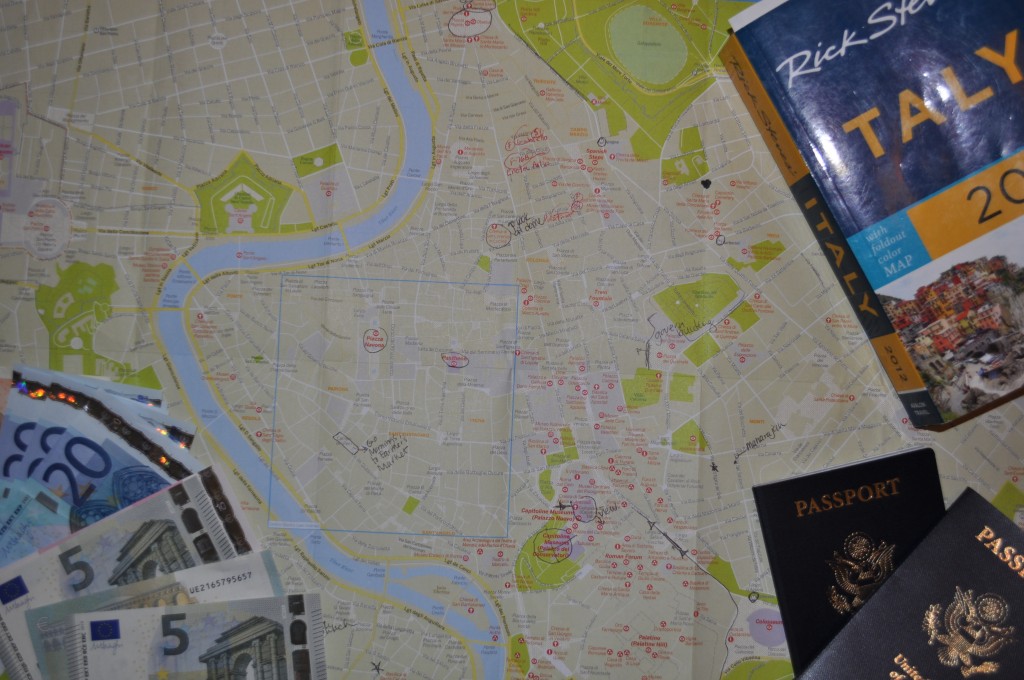
Personal referrals, TripAdvisor and, yes, guidebooks and maps all are part of good preparation for travel.
Together, that’s a powerful set of resources.
LEVERAGING ALL THE RESOURCES
There’s no better time than now to contact an Expedia travel consultant to take advantage of all the resources available for a fantastic exploration of Europe – or anywhere else. All the travel suppliers have discounts tee’d up for the heavy booking season that starts right after Christmas, and our consultants have the knowledge, connections and tools to sculpt a travel experience you will be talking about for years.
Call: (800) 745-4015 or (949) 201-4246
Click: ocglobetrotter.com
Email: cmeyer@ocglobetrotter.com
Come in: 24321 Avenida de la Carlota, Suite H-3, Laguna Hills, CA 92653. In Oakbrook Village center between Trader Joe’s and Woody’s Diner
Check out our reviews on Yelp.
